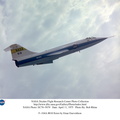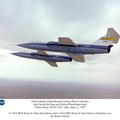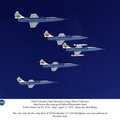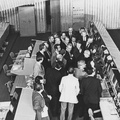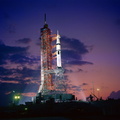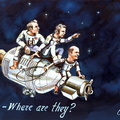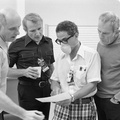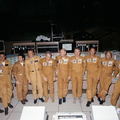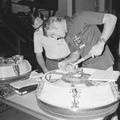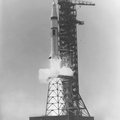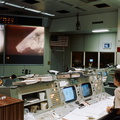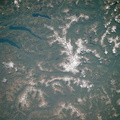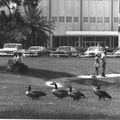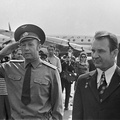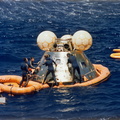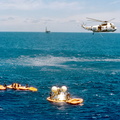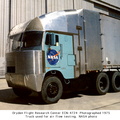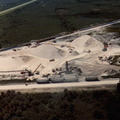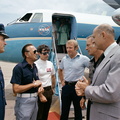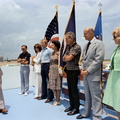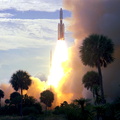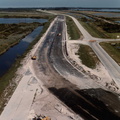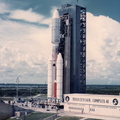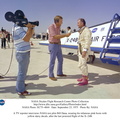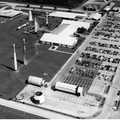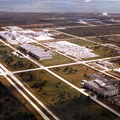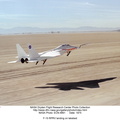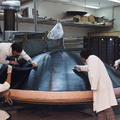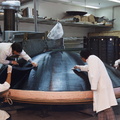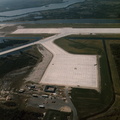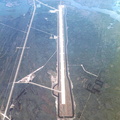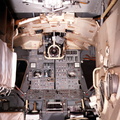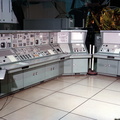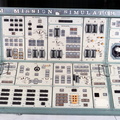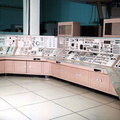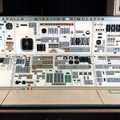
WIKIARCHIVES.SPACE
The Human Spaceflight Archive

This NASA Dryden Flight Research Center photograph taken in 1975 shows the General Dynamic IPCS/F-111E Aardvark with a camouflage paint pattern. This prototype F-111E was used during the flight testing of the Integrated Propulsion Control System (IPCS). The wings of the IPCS/F-111E are swept back to near 60 degrees for supersonic flight.
Information
- Taken in
- Edwards Air Force Base
- Author
- NASA
- Description
-
This NASA Dryden Flight Research Center photograph taken in 1975 shows the General Dynamic IPCS/F-111E Aardvark with a camouflage paint pattern. This prototype F-111E was used during the flight testing of the Integrated Propulsion Control System (IPCS). The wings of the IPCS/F-111E are swept back to near 60 degrees for supersonic flight.
During the same period as F-111 TACT program, an F-111E Aardvark (#67-0115) was flown at the NASA Flight Research Center to investigate an electronic versus a conventional hydro-mechanical controlled engine. The program called integrated propulsion control system (IPCS) was a joint effort by NASA’s Lewis Research Center and Flight Research Center, the Air Force’s Flight Propulsion Laboratory and the Boeing, Honeywell and Pratt & Whitney companies. The left engine of the F-111E was selected for modification to an all electronic system. A Pratt & Whitney TF30-P-9 engine was modified and extensively laboratory, and ground-tested before installation into the F-111E. There were 14 IPCS flights made from 1975 through 1976. The flight demonstration program proved an engine could be controlled electronically, leading to a more efficient Digital Electronic Engine Control System flown in the F-15.
- Created on
- Friday 17 January 1975
- Albums
- US SPACE PROGRAM / AERONAUTICS RESEARCH / F-111 / F-111E IPCS
- Source link
- https://www.dfrc.nasa.gov/Gallery/Photo/F-111E-IPCS/HTML/ECN-4359.html
- Visits
- 15
- Rating score
- no rate
- Rate this photo
- License
- Public Domain
- Modified by WikiArchives
- No (original)
- Downloads
- 1
Powered by Piwigo






















































